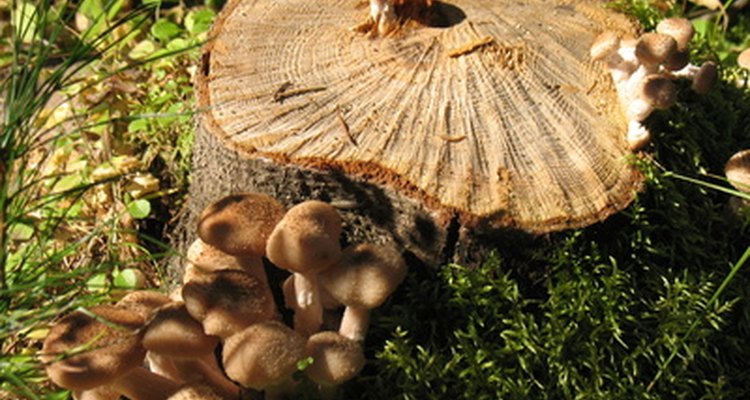
Northern Michigan's natural habitat and weather conditions provide an ideal location for mushrooms to not only grow, but thrive. From early spring throughout the fall, a variety of edible and poisonous mushrooms spring up in the wild and semi-wild regions of the northern reaches of the state. Three popular and well-known varieties include the morel, the chanterelle and the honey mushroom. Before gathering or eating any mushroom, be sure to consult an expert. Always take extreme caution when dealing with mushrooms as one taste of a poisonous mushroom could result in death.
Morel Mushroom

Morel mushrooms grow abundantly in northern Michigan. The morel grows in woodland areas near dead and dying trees like birch, sycamore, ash, maple and elm. Easily identifiable, the morel grows wild and is not easily cultivated.
The morel growing season starts in early spring and it flourishes until early summer in the far north. The season starts out with morels black in color, then grayish and cultivating in a pale yellow hue. A hollow mushroom, morels are characterized by a cone-shaped wrinkled cap. You should cook morels and not eat them raw as they contain trace amounts of hydrazine toxins that are eliminated by thorough cooking.
Stumpies or Honey Mushrooms
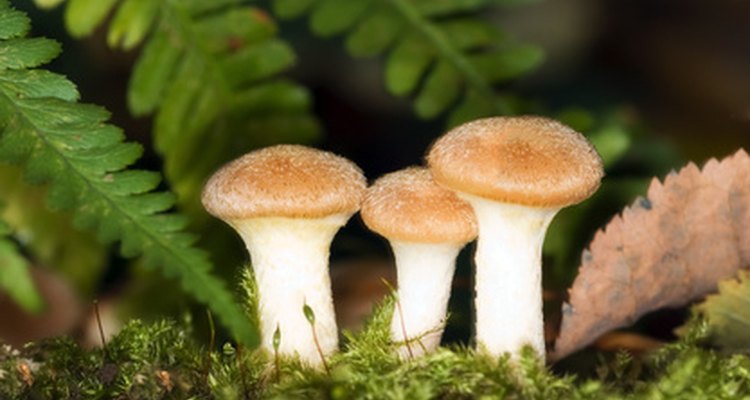
Honey mushrooms grow together in clusters growing on rotting trees and stumps. The name "honey" comes from the distinctive honey coloring of the cap that varies from a warm yellow honey color to a pinkish brown hue. Known locally in northern Michigan as "stumpers" or "stumpies", the honey mushroom is toxic when raw and must be thoroughly cooked before eating. Other similar looking mushrooms are extremely poisonous, even when cooked, and need to be properly identified and avoided.
Chanterelle Mushrooms
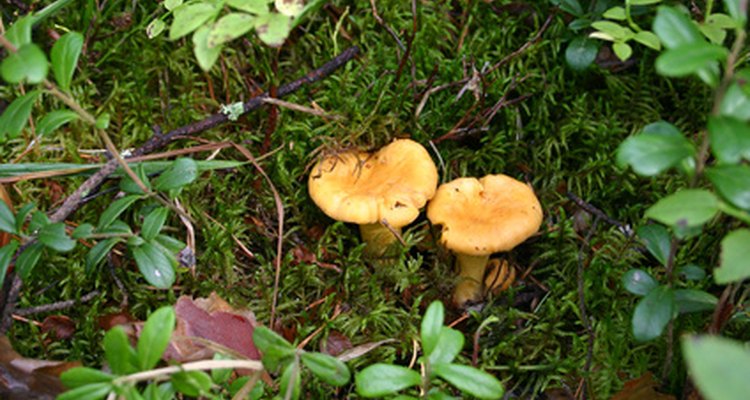
Pale orange in color, the chanterelle mushroom thrives in the woodland areas of northern Michigan. A wild mushroom, the chanterelle has proven difficult to cultivate. Found during the late summer through early fall, the chanterelle is characterized by its distinctive coloring and a trumpet-shaped cap. Chanterelles generally grow in mossy areas but can also be found among grasses and herbs. You can eat chanterelles raw or cooked as they are not believed to be poisonous.
Related Articles

How to Cook Chanterelle Mushrooms
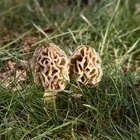
Mushrooms Native to Pennsylvania

How to Cook Mushrooms as Hamburger Buns

How to Identify New England Mushrooms

Difference Between Clover & Orange ...

List of Wild Edible Plants & Berries in ...
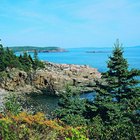
Maine Wild Edible Plants
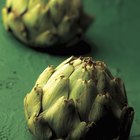
How to Parboil Artichokes
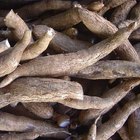
How to Cook Yucca Root
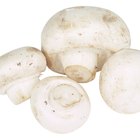
Portobello Mushroom Vs. Button Mushroom

What Plant Do Caraway Seeds Come From?
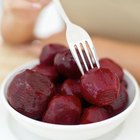
How to Boil Beetroot

How to Tell When Fresh Mushrooms Go Bad
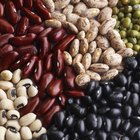
How to Cook Purple Hull Peas in the ...
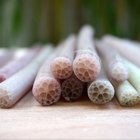
Benefits of Lotus Stem

When Is Bok Choy Bad?

How to Store Alfalfa Sprouts
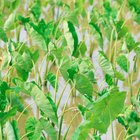
Types of Taro

Does Bird Seed go Bad?

How to Cook Dry Chanterelles
References
Writer Bio
Wendy Vincent is a freelance writer who has been writing professionally since 1998. She is a regular contributor to "Renaissance Magazine" and writes for several online travel publications. Vincent has a Bachelor of Arts in communications from the University of Hartford and a Master of Arts in liberal studies from Albertus Magnus College.
Photo Credits
mushrooms image by troleus from Fotolia.com